Ever felt like the forex market is playing tricks on you? You’re not alone! As traders, we’re always on the lookout for that perfect moment to make our move. But what if I told you that some economic reports could flip your carefully planned strategy on its head? Buckle up, because we’re about to dive into the wild world of economic indicators that might just be a forex trader’s worst nightmare! Working with a reliable forex broker can help you navigate these challenges, providing the tools and insights needed to adapt to sudden market shifts and protect your trading strategy.
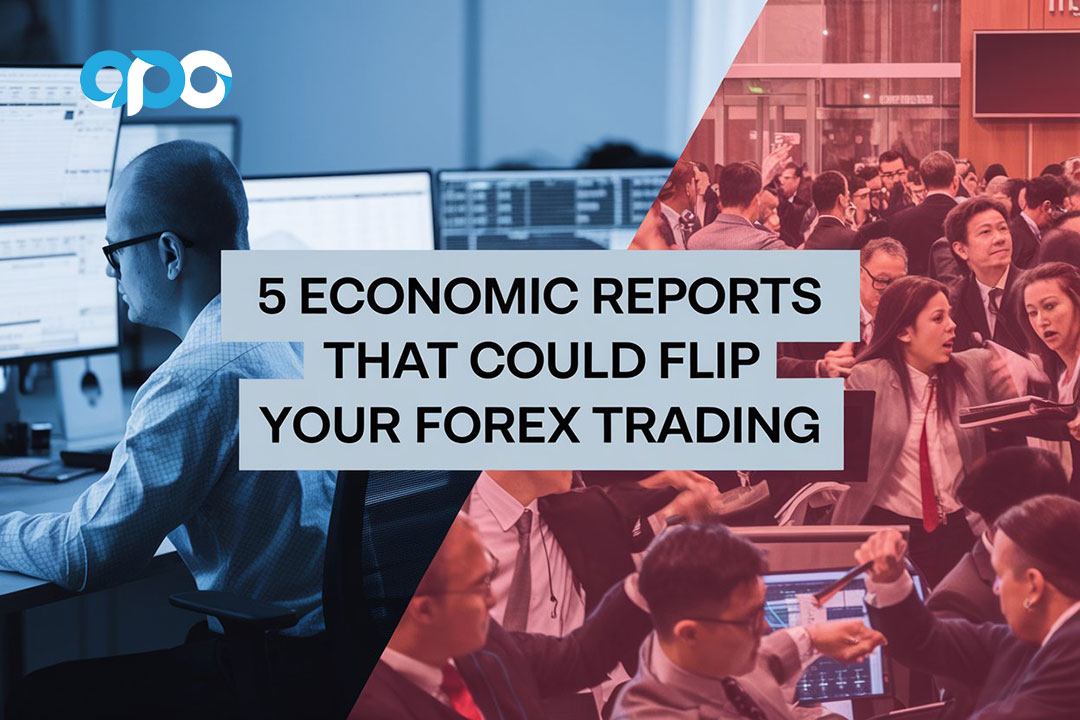
Why Should You Care About These Reports?
Picture this: You’re sitting at your desk, sipping your morning coffee, feeling confident about your latest trade. Suddenly, an economic report drops, and boom! The market goes haywire. Sound familiar? That’s the power of these economic titans we’re about to explore.
By the end of this article, you’ll be armed with the knowledge to navigate these tricky waters like a pro.
Ready to turn potential nightmares into golden opportunities? Let’s jump in!
1. Non-Farm Payrolls (NFP): The Job Market Rollercoaster
Have you ever wondered why the first Friday of each month sends forex traders into a frenzy? Enter the Non-Farm Payrolls report, the granddaddy of economic indicators!
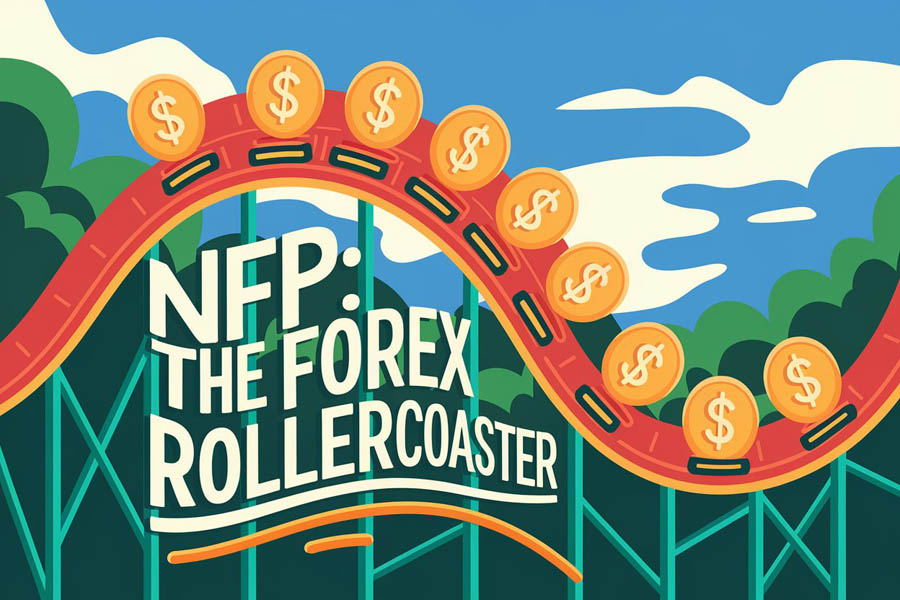
What’s the big deal?
The NFP report gives us a snapshot of the US job market, excluding farm workers and a few other categories. It’s like taking the pulse of the world’s largest economy. Sounds important, right? You bet it is!
This report doesn’t just tell us how many jobs were added or lost. It also provides data on average hourly earnings and the unemployment rate. All of these factors can influence the Federal Reserve’s monetary policy decisions, which in turn can cause significant movements in the forex market.
Why it could be a nightmare:
Imagine you’ve placed a trade expecting the dollar to strengthen. Then, out of nowhere, the NFP report shows fewer jobs were added than expected. Suddenly, your trade is swimming against the current!
The market can swing wildly in moments, leaving unprepared traders in a cold sweat. What’s more, the NFP often comes with revisions to previous months’ data, adding another layer of complexity to market reactions.
Real-life example:
Remember August 2011? The NFP report showed zero job growth – yes, you read that right, zero! The forex market went into a tailspin, with the dollar dropping like a stone against major currencies. Traders who weren’t prepared faced significant losses.
But it’s not always bad news that causes volatility. In November 2009, when the NFP showed a much smaller job loss than expected (-11,000 vs. -125,000 forecast), the dollar surged against other major currencies, catching many traders off guard.
How to prepare:
- Stay informed about market expectations for the NFP.
- Consider closing or reducing positions before the report’s release.
- Be ready to act quickly if the numbers surprise the market.
- Don’t forget to look at the whole report, not just the headline number.
- Keep an eye on revisions to previous months’ data.
Read More: High Volatility News in Forex
2. Federal Reserve Interest Rate Decisions: The Market Mover
Ever noticed how the entire financial world seems to hold its breath when the Fed speaks? There’s a good reason for that!
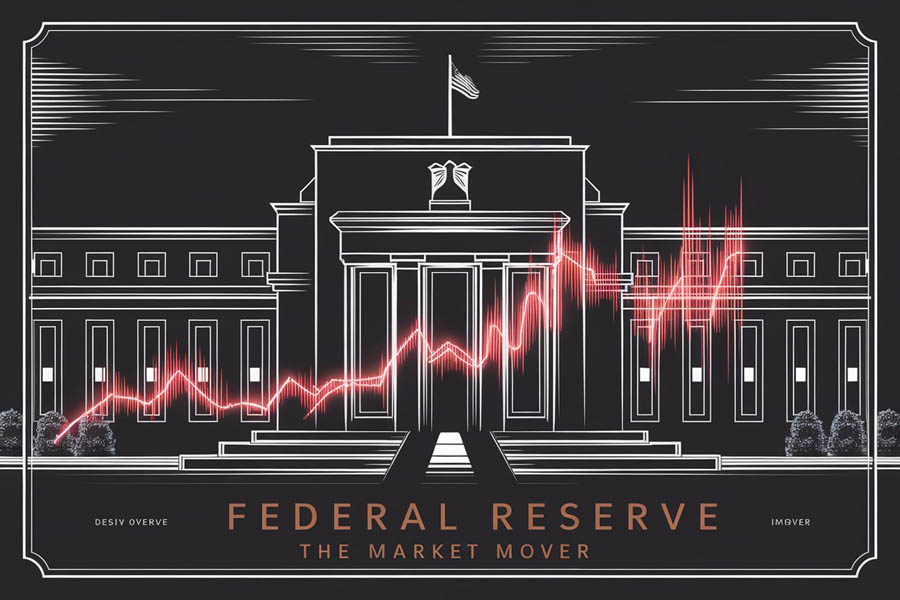
What’s at stake?
The Federal Reserve’s interest rate decisions can send shockwaves through the forex market. It’s like the Fed is the DJ, and interest rates are the music – when they change the tune, everyone on the dance floor feels it!
Interest rates affect everything from borrowing costs to investment returns, and they play a crucial role in determining the relative value of currencies. A higher interest rate typically makes a currency more attractive to investors, as it offers better returns on investments denominated in that currency.
Why it could spell trouble:
Let’s say you’re betting on a rate hike, but the Fed decides to hold steady. Suddenly, your carefully planned trade could go south faster than you can say “quantitative easing”!
But it’s not just the actual decision that matters. The Fed’s forward guidance – their hints about future policy – can be just as impactful. A slight change in wording in their statement can send the market into a tizzy.
A tale from the trenches:
Cast your mind back to March 2020. As the pandemic hit, the Fed slashed rates to near zero in an emergency move. The dollar went on a wild ride, surging against some currencies and plummeting against others. Many traders were caught off guard, facing significant losses.
On the flip side, in December 2015, when the Fed raised rates for the first time in nearly a decade, the market reaction was relatively muted because the move had been well telegraphed. This shows the importance of not just the decision itself, but how well it aligns with market expectations.
Staying ahead of the game:
- Keep an eye on economic indicators that might influence the Fed’s decisions.
- Listen carefully to Fed speeches for clues about future policy.
- Don’t put all your eggs in one basket – diversify your trades!
- Pay attention to the “dot plot” in the Fed’s projections, which shows where each Fed official thinks rates should be in the future.
- Remember that sometimes, it’s the pace of future rate changes that matters more than the current decision.
3. Gross Domestic Product (GDP): The Economic Health Check
GDP might sound like a snooze-fest, but trust me, it’s anything but boring for forex traders!
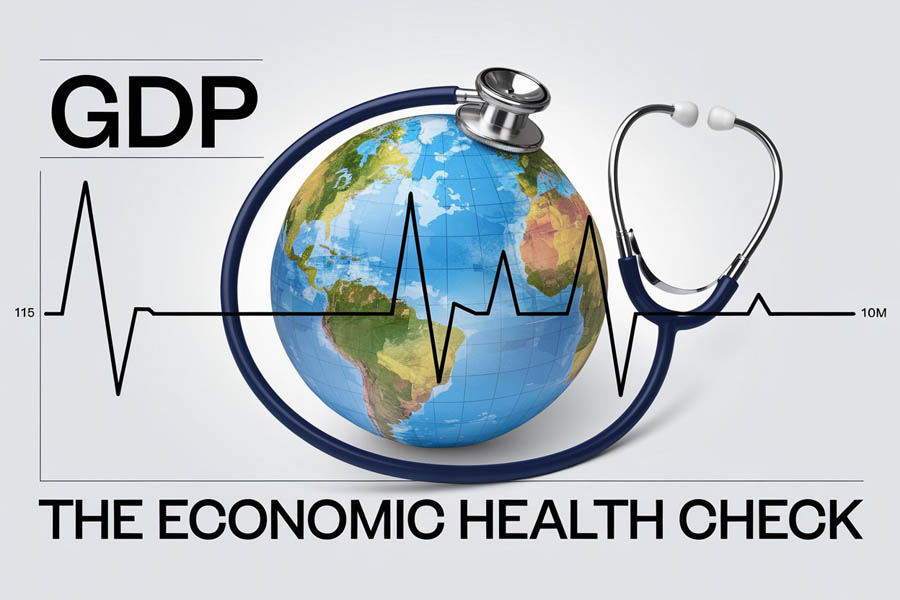
Why does it matter?
GDP is like a report card for a country’s economy. It tells us how much the economy has grown (or shrunk) over a specific period. For forex traders, it’s a goldmine of information about a currency’s potential strength or weakness.
GDP reports don’t just give us a single number. They break down economic growth into various components like consumer spending, business investment, government spending, and net exports. Each of these can provide valuable insights into the health of different sectors of the economy.
The nightmare scenario:
Imagine you’re long on a currency, confident in the country’s economic strength. Then, bam! A GDP report comes in way below expectations. Suddenly, your position doesn’t look so hot, and you’re scrambling to adjust.
What’s more, GDP reports often come with revisions to previous quarters’ data. These revisions can sometimes be more impactful than the current quarter’s numbers, especially if they significantly change the overall growth trend.
A cautionary tale:
In 2008, when the US GDP contracted by 2.8% in the third quarter, it was like a bomb going off in the forex market. The dollar took a nosedive against major currencies, catching many traders with their pants down.
But it’s not always about negative surprises. In 2014, the UK’s GDP growth came in much stronger than expected, sending the pound soaring against other major currencies. Traders who had bet against the pound based on more pessimistic forecasts found themselves in a tough spot.
Navigating the GDP rapids:
- Pay attention to GDP forecasts from reliable sources.
- Look at the components of GDP growth for a more complete picture.
- Be prepared for market volatility around GDP releases.
- Don’t ignore GDP data from other major economies – in our interconnected world, one country’s growth can affect others.
- Remember that advance, preliminary, and final GDP reports can all move markets, so mark your calendar for all three!
Read More: News Trading in Forex: Strategies for Navigating Economic Releases
4. Inflation Reports: The Silent Killer of Purchasing Power
Inflation might not sound as exciting as jobs or interest rates, but ignore it at your peril!
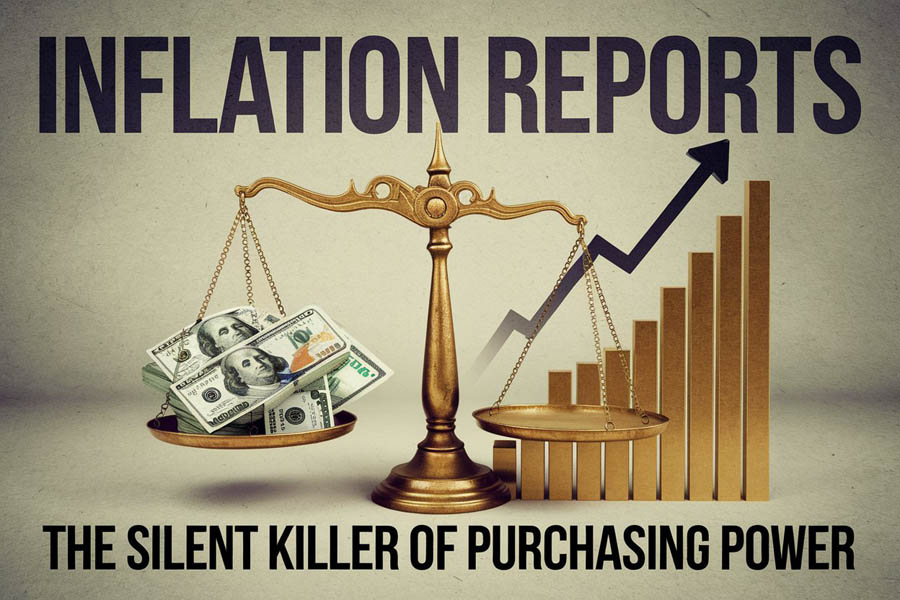
Why should you care?
Inflation is like a sneaky thief, slowly eroding the value of money. For forex traders, unexpected inflation can throw a wrench in the works, affecting currency values and central bank policies.
Inflation reports, typically measured by the Consumer Price Index (CPI) or Producer Price Index (PPI), give us insight into how fast prices are rising in an economy. This information is crucial for central banks when setting monetary policy, which in turn affects currency values.
The inflation nightmare:
Picture this: You’re holding a currency, thinking inflation is under control. Suddenly, an inflation report shows prices rising much faster than expected. The central bank might need to act, and your trade could be in jeopardy!
But it’s not just high inflation that can cause problems. Extremely low inflation or deflation can be just as troublesome, potentially leading to unconventional monetary policies that can shake up currency markets.
A blast from the past:
Remember the UK’s Brexit vote in 2016? In the aftermath, inflation in the UK shot up, hitting a five-year high. The pound went on a rollercoaster ride, giving traders sleepless nights and some hard-learned lessons.
On the other side of the coin, Japan’s struggle with deflation over the past couple of decades has led to unprecedented monetary policies, causing significant volatility in the yen at times.
Inflation-proofing your trades:
- Keep an eye on key inflation indicators like CPI and PPI.
- Consider the impact of inflation on interest rate expectations.
- Don’t forget about global inflation trends – we’re all connected!
- Pay attention to core inflation rates, which exclude volatile food and energy prices.
- Remember that different central banks have different inflation targets, which can affect their policy responses.
5. Trade Balance Reports: The International Tug-of-War
Last but not least, let’s talk about trade balance reports. They might not grab headlines like NFP, but they pack a punch!

What’s the big picture?
Trade balance reports show the difference between a country’s imports and exports. It’s like a scoreboard for international trade, and it can have a significant impact on currency values.
A trade surplus (more exports than imports) can strengthen a currency, while a deficit might weaken it. However, the relationship isn’t always straightforward, as other factors like capital flows can also play a role.
The trade balance trap:
Imagine you’re bullish on a currency, expecting strong exports to boost its value. Then, a trade balance report shows a much larger deficit than expected. Suddenly, your position is looking shaky, and you’re wondering where you went wrong.
It’s not just the overall balance that matters. The composition of trade can be important too. For example, a deficit driven by imports of capital goods for future production might be viewed differently from one driven by consumer goods.
A real-world example:
In 2018, when the US-China trade war was heating up, unexpected swings in trade balance reports caused major volatility in the forex market. Traders who weren’t paying attention to these reports found themselves on the wrong side of sudden market moves.
Another interesting case was Japan in 2014. Despite a weakening yen (which should theoretically boost exports), Japan’s trade deficit widened due to increased energy imports following the Fukushima disaster. This unexpected relationship caught many traders off guard.
Mastering the trade balance game:
- Keep an eye on major economic and political events that could affect trade.
- Look at long-term trends, not just single reports.
- Consider the impact of trade balances on overall economic health.
- Don’t forget about bilateral trade balances between major trading partners.
- Remember that currencies of countries heavily dependent on exports (like Australia) can be particularly sensitive to trade data.
Turning Nightmares into Opportunities
Whew! We’ve covered a lot of ground, haven’t we? These five economic reports might seem daunting, but remember – knowledge is power! By understanding these indicators and their potential impact, you’re already ahead of the game.

Here’s the thing: what looks like a nightmare at first glance could actually be a golden opportunity. It’s all about being prepared, staying informed, and having the right tools at your disposal.
Speaking of tools, have you considered the power of social trading? It’s like having a team of experienced traders by your side, sharing insights and strategies in real-time. But more on that in a moment!
Read More: Geopolitical Impact on Forex Trading
Ready to Take Your Trading to the Next Level?
If you’re feeling inspired to tackle these economic reports head-on, why not do it with some backup? That’s where OpoFinance comes in!
OpoFinance: Your Partner in Forex Success
As an ASIC-regulated broker, OpoFinance offers more than just a trading platform – it’s a community of traders supporting each other. Their social trading feature lets you:
- Follow successful traders and copy their strategies
- Share your own insights and build a following
- Learn from others’ experiences in real-time
- Diversify your approach by tapping into collective wisdom

Plus, with top-notch security, competitive spreads, and a user-friendly interface, OpoFinance makes navigating those tricky economic reports a whole lot easier.
Why wait? Join OpoFinance today and turn those potential forex nightmares into exciting opportunities! Remember, in the world of forex, you’re never alone – unless you choose to be. Happy trading!
Key Takeaways:
- Stay informed about upcoming economic reports and market expectations.
- Diversify your trades to minimize risk from any single report.
- Be prepared for volatility around major economic releases.
- Look at the big picture – don’t get caught up in short-term swings.
- Consider using social trading platforms to gain insights from other traders.
- Remember that context matters – the same data point can have different impacts depending on the broader economic environment.
- Always have a risk management strategy in place before major economic releases.
How often are these economic reports released?
It varies. NFP is monthly, GDP is usually quarterly, and others like inflation reports can be monthly or quarterly depending on the country. Always check economic calendars for exact dates!
Can I trade during the release of these reports?
While it’s possible, it’s extremely risky due to high volatility. Many experienced traders avoid opening new positions just before major releases. If you do decide to trade, make sure you use appropriate risk management techniques.
How can I practice trading around these economic events without risking real money?
Many brokers offer demo accounts where you can practice with virtual money. It’s a great way to get a feel for market reactions without any financial risk. You can also backtest strategies using historical data to see how they would have performed during past economic releases.
Are there any tools that can help me keep track of all these economic reports?
Yes, many! Economic calendars are available on most trading platforms and financial news websites. Some even offer alerts for upcoming releases. Additionally, many brokers provide analysis and forecasts for major economic indicators.


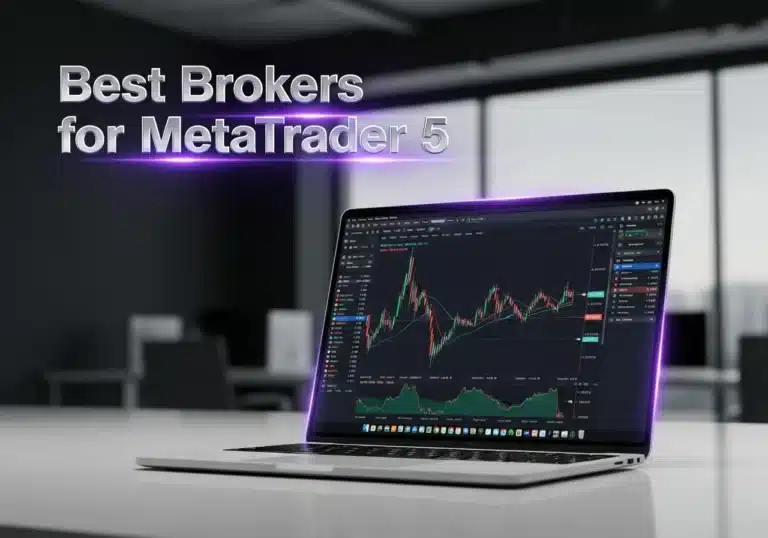





One Response
Informative article, exactly what I needed.
Also visit my webpage :: blog forex trader